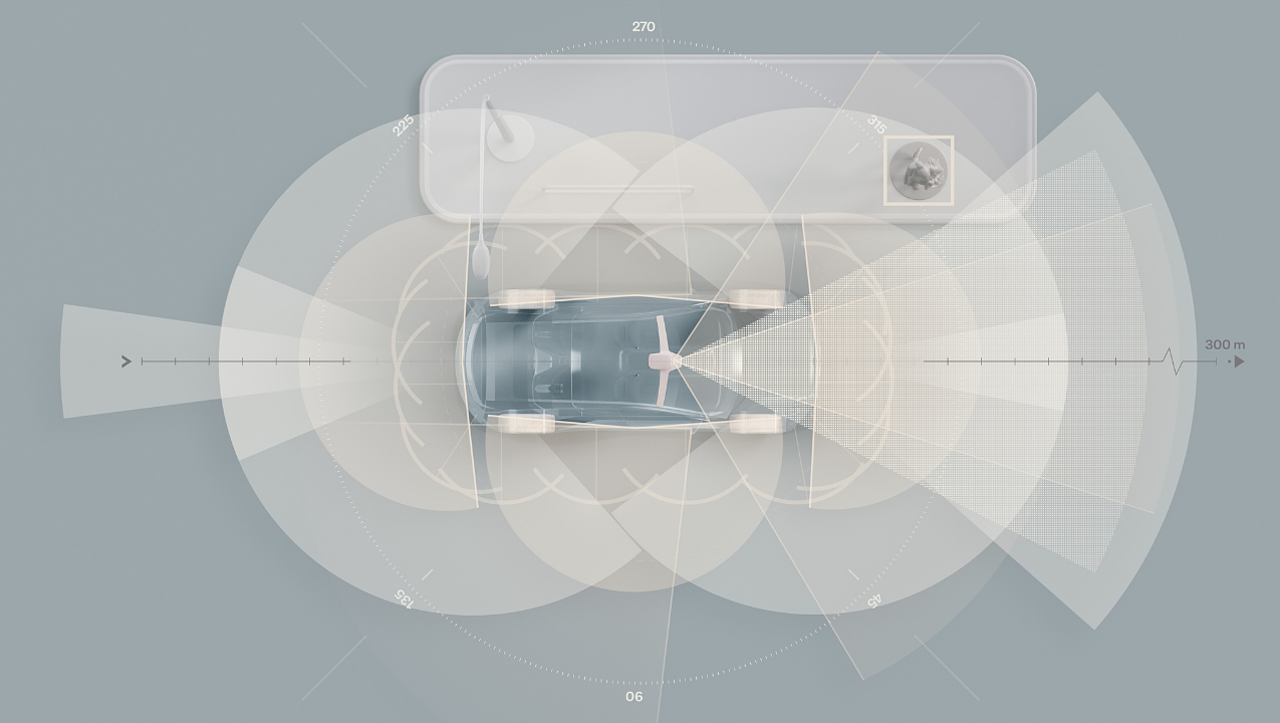
With an aim to reduce fatalities and accidents, Volvo Cars has firmed up its plan to make the fully electric successor to Volvo Cars’ XC90 come with state-of-the-art sensors, including LiDAR.
To be revealed in 2022, the LiDAR technology developed by Luminar and an autonomous driving computer powered by the NVIDIA DRIVE Orin system-on-a-chip, as standard, the SUV will be powered by the well-established collision-avoidance technology, the carmaker said.
The new technologies are also designed to specifically address those traffic situations which result in a large portion of the remaining severe injuries and fatalities found today.
Håkan Samuelsson, Chief Executive, Volvo Cars, said by having this hardware as standard, the SUV can continuously improve safety features over the air and introduce advanced autonomous drive systems.
With the new safety package, the company aims to reduce collisions, and the reduction rate is anticipated to accelerate overtime via over-the-air software updates.

Henrik Green, Chief Technology Officer, Volvo Cars, believed that as the company improves its safety technology continuously through updates over the air, it hopes that collisions will become increasingly rare, eventually saving more lives.
The technology will mature over time and become more capable, allowing the car to assist and improve the capabilities of a human driver in safety-critical situations. For example, unlike in the previous generations of technology that primarily relied on warning the driver for potential immediate threats, this new safety technology will, over time, increasingly intervene as needed to prevent collisions.
In addition to saving lives and preventing injury, the OEM also sees a potential added benefit of lower insurance costs as car crashes involving Volvo cars become increasingly rare.
Beyond the sensor suite and AI computing performance, the company’s to-be-launched SUV will also come with backup systems for critical functions such as steering and braking that make it hardware ready for safe, unsupervised autonomous driving once available.
Together with LiDAR and the computer software, these back-up systems will enable the Highway Pilot functionality, developed in-house together with Volvo Cars’ autonomous driving software development company, Zenseact.
An autonomous driving feature for use on motorways, the optional Highway Pilot, will be activated for customers, but only after ensuring that the zone is verified and proved safe and legally allowed for individual geographic locations and conditions.
To recall, Volvo Cars, earlier this years, announced that it will use NVIDIA technology to centralise computing. The core computer and autonomous drive computer, both powered by NVIDIA technology, will allow its cars to become safer, more personal and more sustainable over time through over-the-air updates. Besides, it will also provide the computing power required for vision and LiDAR processing.
The automaker will reveal more details on its future technology roadmap at the Volvo Cars Tech Moment, to be held on 30 June.
NB: Featured photo is representational.